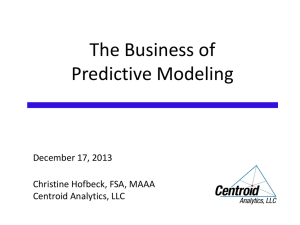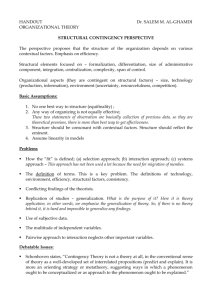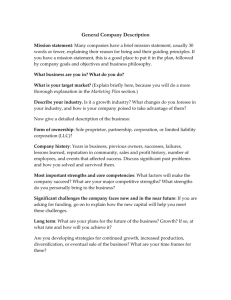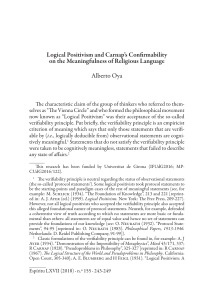Models of Behavior
advertisement
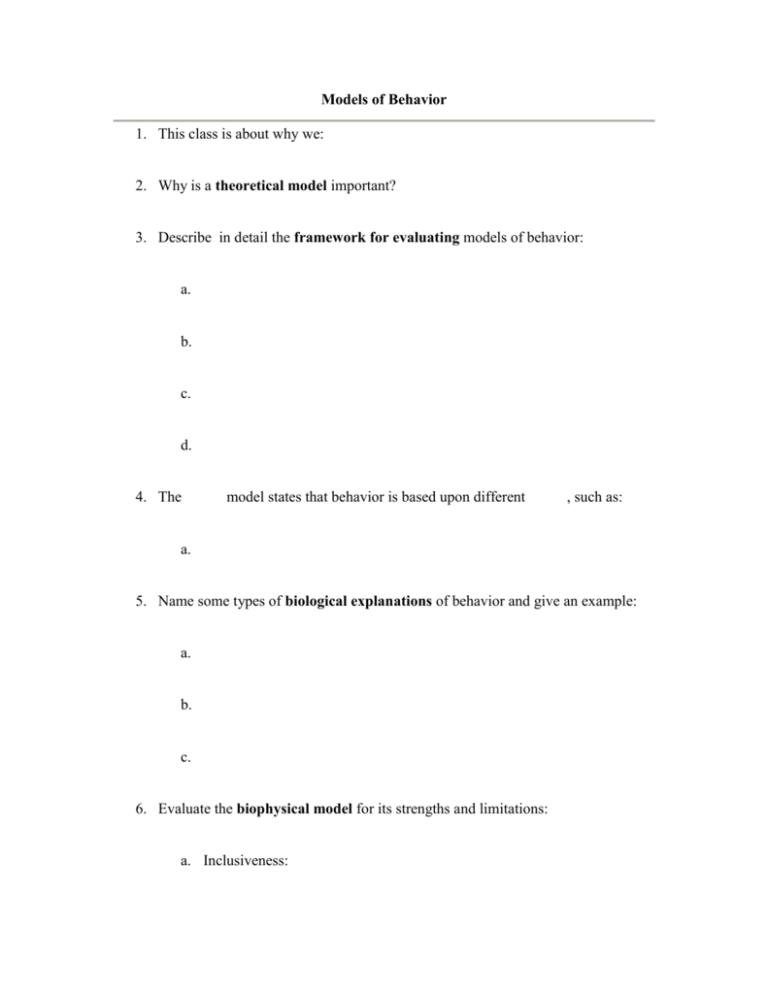
Models of Behavior 1. This class is about why we: 2. Why is a theoretical model important? 3. Describe in detail the framework for evaluating models of behavior: a. b. c. d. 4. The model states that behavior is based upon different , such as: a. 5. Name some types of biological explanations of behavior and give an example: a. b. c. 6. Evaluate the biophysical model for its strengths and limitations: a. Inclusiveness: b. Verifiability: c. Predictive Utility: d. Parsimony: i. What is one danger of biophysical explanations? 7. Freud stated that behavior is based upon a. b. . c. 8. Describe how the Id develops: a. b. c. d. e. f. 9. Competency as an adult is based upon progression through stages. occurs when an individual gets “stuck” in one of the stages. a. An example: 10. Evaluate the psychodynamic model for its strengths and limitations: a. Inclusiveness: b. Verifiability: c. Predictive Utility: d. Parsimony: 11. Describe developmental theory: 12. Evaluate developmental theory for its strengths and limitations: a. Inclusiveness: b. Verifiability: c. Predictive Utility: d. Parsimony: 13. Cognitive theorists believe that our behavior. Therefore, changing and will change are what drive our . 14. Define constructivism. 15. Evaluate cognitive theory for its strengths and limitations: a. Inclusiveness: b. Verifiability: c. Predictive Utility: d. Parsimony: 16. In the Behavioral Model, behavior is learned through . a. What would you say to someone who says that a person is engaging in behaviors? b. What does Skinner say about things like thoughts, feelings, cognition? 17. Describe the three-term contingency here: a. b. c. i. Predicts the of responding ii. Behaviorists mostly study things that are iii. Our follow . 18. Evaluate behavioral theory for its strengths and limitations: a. Inclusiveness: b. Verifiability: , , and . c. Predictive Utility: d. Parsimony: i. Define Explanatory Fiction and give an example.
